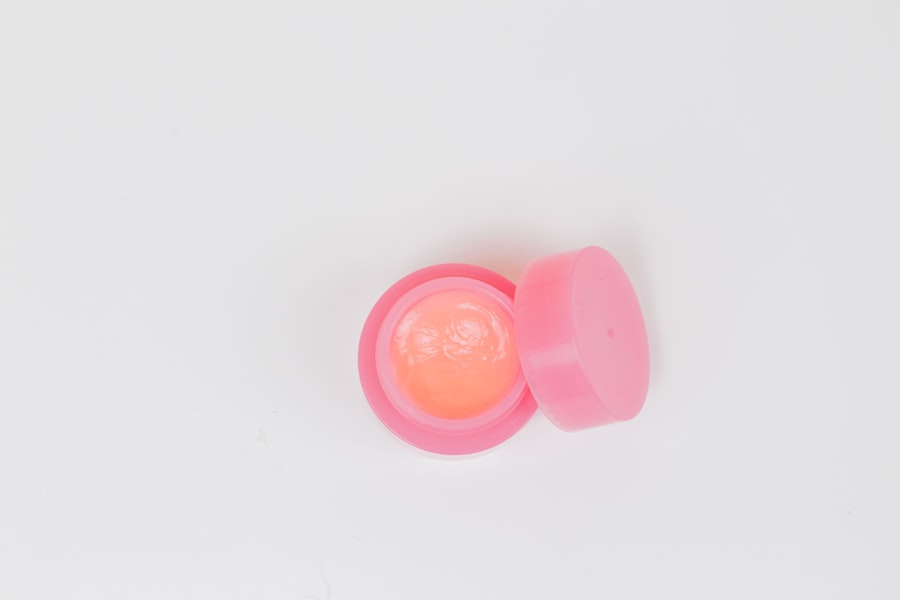When you consider laser hair removal, it’s essential to grasp how the process works. At its core, laser hair removal utilizes concentrated beams of light to target and destroy hair follicles. The laser emits a specific wavelength that is absorbed by the pigment in the hair, effectively damaging the follicle and inhibiting future hair growth.
This method is particularly effective for individuals with darker hair and lighter skin, as the contrast allows the laser to focus on the hair without affecting the surrounding skin. Before undergoing treatment, you will typically have a consultation with a qualified professional. During this initial meeting, you can discuss your hair removal goals, medical history, and any concerns you may have.
The practitioner will assess your skin type and hair color to determine the most suitable laser technology for your needs. It’s crucial to follow any pre-treatment instructions provided, such as avoiding sun exposure or certain medications, to ensure optimal results and minimize risks.
Key Takeaways
- Laser hair removal targets hair follicles with concentrated light to inhibit future hair growth
- After treatment, avoid sun exposure and use gentle skincare products to soothe the skin
- Potential side effects include redness and swelling, which can be managed with ice packs and moisturizers
- Long-term results may require maintenance sessions, but overall reduction in hair growth is significant
- Recommended skincare products post-laser hair removal include gentle cleansers, moisturizers, and sunscreen
Post-Treatment Care and Maintenance
Managing Discomfort and Redness
You may experience some redness or swelling in the treated area, similar to a mild sunburn. To alleviate discomfort, applying a cool compress can be beneficial.
Post-Treatment Precautions
It’s advisable to avoid hot showers, saunas, or strenuous exercise for at least 24 hours post-treatment to prevent further irritation. Moisturizing the treated area is also essential. You should use a gentle, fragrance-free lotion to keep your skin hydrated and promote healing.
Skincare and Sun Protection
It’s important to avoid products containing harsh chemicals or exfoliants for at least a week after your session. Furthermore, protecting your skin from sun exposure is crucial; applying a broad-spectrum sunscreen with an SPF of 30 or higher will help prevent pigmentation changes and ensure your skin remains healthy.
Potential Side Effects and How to Manage Them

While laser hair removal is generally safe, it’s important to be aware of potential side effects that may arise. Common side effects include temporary redness, swelling, and mild discomfort in the treated area. These symptoms usually subside within a few hours to a couple of days.
However, if you experience prolonged discomfort or any unusual reactions, it’s essential to contact your practitioner for guidance. In some cases, you might notice changes in skin pigmentation, particularly if you have darker skin tones. Hyperpigmentation or hypopigmentation can occur but often resolves over time.
To manage these side effects, you can apply soothing creams recommended by your dermatologist and avoid sun exposure until your skin has fully healed. Staying hydrated and maintaining a healthy skincare routine can also support your skin’s recovery process.
Long-Term Results and Maintenance
| Metrics | Results |
|---|---|
| Customer Retention Rate | 85% |
| Annual Revenue Growth | 10% |
| Employee Satisfaction | 90% |
| Product Quality Index | 95% |
One of the most appealing aspects of laser hair removal is its potential for long-term results. Many individuals experience a significant reduction in hair growth after completing a series of treatments.
The number of sessions needed varies based on factors such as hair thickness, color, and growth cycle. To maintain your results effectively, it’s advisable to schedule follow-up appointments as recommended by your practitioner. These sessions can help address any regrowth and ensure that your skin remains smooth and hair-free.
Additionally, adopting a consistent skincare routine can enhance the longevity of your results. By taking care of your skin and following professional advice, you can enjoy the benefits of laser hair removal for years to come.
Recommended Skincare Products for Post-Laser Hair Removal
Choosing the right skincare products after laser hair removal is crucial for promoting healing and maintaining healthy skin. Look for gentle cleansers that are free from harsh ingredients or fragrances. A soothing gel or cream containing aloe vera can provide relief from any irritation and help calm the skin post-treatment.
Additionally, consider using a hydrating serum with hyaluronic acid to keep your skin moisturized and plump. Sunscreen is non-negotiable after laser treatments. Opt for a broad-spectrum sunscreen with an SPF of 30 or higher to protect your skin from UV damage.
This is especially important since your skin may be more sensitive following treatment. You might also want to incorporate a nourishing moisturizer that contains antioxidants to support skin health and repair any damage caused during the procedure.
Tips for Maximizing the Benefits of Laser Hair Removal

Consistency is Key
Adhere strictly to the treatment schedule recommended by your practitioner. Consistency is crucial in achieving optimal results; missing sessions can lead to uneven hair growth and diminish the effectiveness of the treatment.
Avoid Interfering with Hair Growth
Refrain from waxing or plucking between sessions, as these methods can disrupt the hair growth cycle that laser treatments rely on. Instead, shaving is recommended if you need to remove any stray hairs before your next appointment.
Maintain a Healthy Lifestyle
Staying hydrated and maintaining a healthy diet can also contribute positively to your skin’s overall health and appearance, enhancing the results of your treatments.
Addressing Common Myths and Misconceptions
There are numerous myths surrounding laser hair removal that can lead to confusion or hesitation about undergoing the procedure. One common misconception is that laser hair removal is painful; however, many individuals report only mild discomfort during treatment. Modern technology often includes cooling mechanisms that help minimize any sensation during the procedure.
Another myth is that laser hair removal is only effective on certain skin types or hair colors. While it’s true that darker hair on lighter skin tends to respond best to treatment, advancements in laser technology have made it possible for individuals with various skin tones and hair colors to benefit from this method. Understanding these facts can help you make an informed decision about whether laser hair removal is right for you.
Consultation and Follow-Up with Your Dermatologist
Before embarking on your laser hair removal journey, scheduling a consultation with a qualified dermatologist is essential. During this appointment, you can discuss your goals, ask questions about the procedure, and address any concerns you may have regarding safety or effectiveness. Your dermatologist will evaluate your skin type and hair characteristics to determine the best approach tailored specifically for you.
Follow-up appointments are equally important after your initial treatments. These sessions allow your dermatologist to monitor your progress and make any necessary adjustments to your treatment plan. Regular communication with your practitioner ensures that you receive personalized care throughout your journey toward smooth, hair-free skin.
By staying engaged with your dermatologist, you can maximize the benefits of laser hair removal while ensuring that your skin remains healthy and radiant.
If you’re curious about what happens after laser hair removal, you may want to check out the blog section of In Laser Hair Removal’s website. They offer informative articles on topics such as post-treatment care, results to expect, and more. One article that may be of interest is “The Fashion Home: How to Care for Your Skin After Laser Hair Removal,” which provides tips on maintaining healthy skin following your laser hair removal sessions.
FAQs
What is laser hair removal?
Laser hair removal is a cosmetic procedure that uses a concentrated beam of light (laser) to remove unwanted hair. The laser targets the pigment in the hair follicles, damaging them and inhibiting future hair growth.
What happens after laser hair removal?
After laser hair removal, you may experience some redness and swelling in the treated area. The hair may appear to be growing back, but it is often shedding as a result of the treatment. It is important to avoid sun exposure and to follow the aftercare instructions provided by your technician.
How long does it take to see results after laser hair removal?
It typically takes several sessions to see significant results from laser hair removal. Most people will notice a reduction in hair growth after the first session, but optimal results are usually achieved after 6-8 sessions, spaced 4-6 weeks apart.
Is laser hair removal permanent?
Laser hair removal can lead to long-term hair reduction, but it is not always permanent. Some hair may eventually grow back, but it is often finer and lighter in color. Maintenance sessions may be needed to maintain the results.
What are the potential side effects of laser hair removal?
Potential side effects of laser hair removal may include redness, swelling, and temporary pigment changes in the skin. In rare cases, blistering, scarring, or changes in skin texture may occur. It is important to choose a qualified and experienced technician to minimize the risk of side effects.
Can I shave or wax after laser hair removal?
It is generally recommended to avoid shaving, waxing, or plucking the treated area between sessions, as these methods can disrupt the hair follicles and interfere with the effectiveness of the treatment. However, shaving is usually allowed between sessions if necessary.





